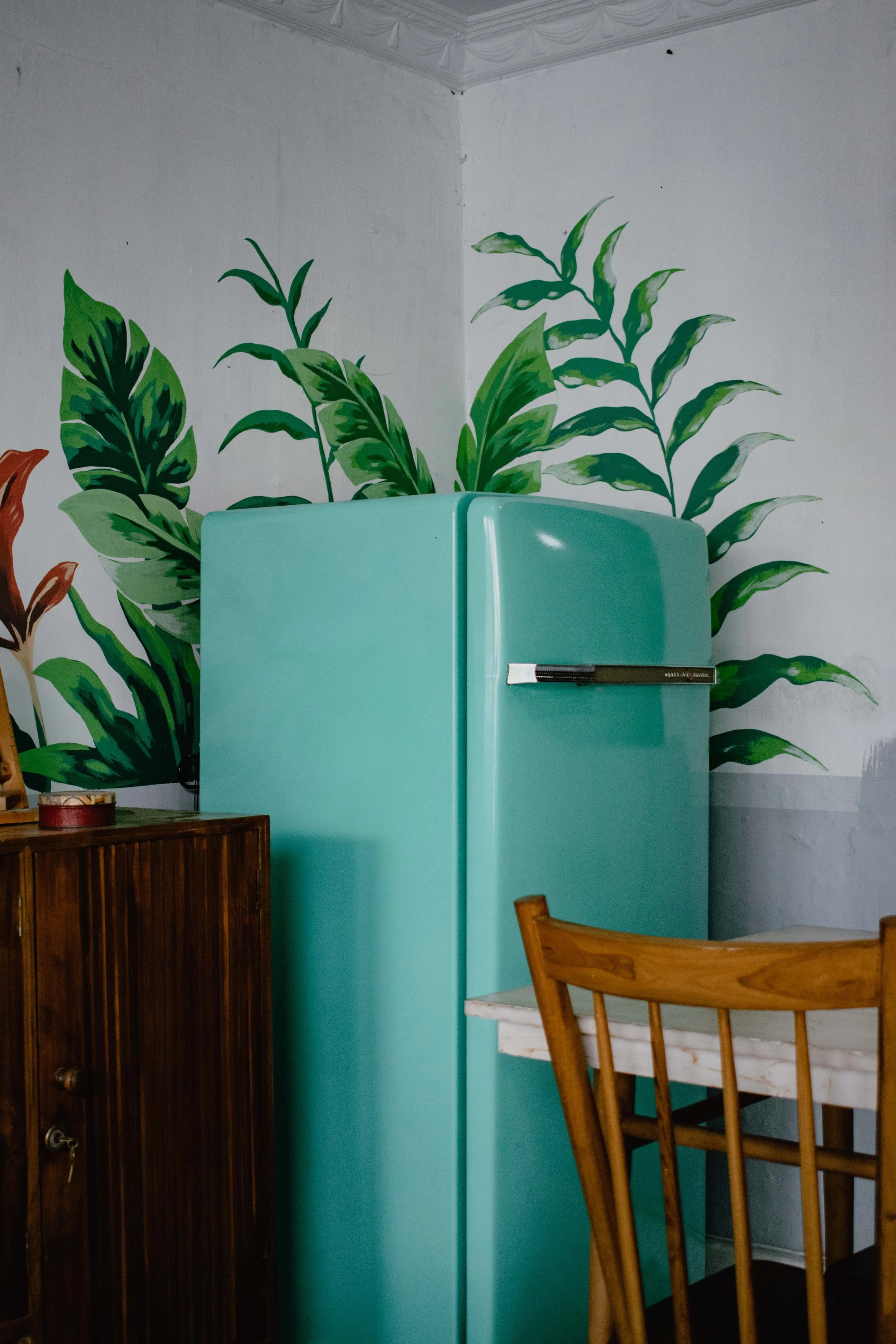A favorite pastime of many buyers scrolling through real estate listings—or walking through an open house—is fantasizing about what life could be like in that home.
You might spot a swanky “Mad Men”–style bar that would be perfect for book club nights. Or maybe you’ll begin planning the feasts you could whip up with that six-burner stove! And what about the garden’s burbling fountain? Ah, that sound would be perfect for falling asleep to every night.
But here’s the thing every buyer should know: When it comes to house hunting, what you see isn’t necessarily what you get. Indeed a seller can rightfully haul off some items you may think automatically come with a house you purchase. So here’s a helpful reality check before your imagination runs too wild. (Bonus: We share tips to keeping some of those fixtures you absolutely love.)
What’s included in a home sale?
Precisely what comes with a home is not cut and dried, and each state has its own set of guidelines regarding this issue. But there are some guiding principles.
“If an item is attached, it is considered a fixture and by default should stay with the house,” says Dj Olhausen, an agent with Realty ONE Group in San Diego. “On the other hand, if an item is not attached, it may very well leave with the seller.”
If that still seems vague, “fixture” is a real estate term used to describe items that are physically attached to the house via nails, screws, bolts, glue, cement, or electrical wiring. Standard fixtures inside the home include ceiling fans, blinds, plumbing and heating elements, and built-in appliances. Outside the four walls, items that generally stay put include mailboxes, shutters, backyard office sheds, and in-ground landscaping.
Attachment issues
You might assume a refrigerator that looks built-in stays with the house or that the sellers will take their kid’s swingset with them. That’s where the acronym MARIA can help you identify fixtures:
Method of attachment: If you need tools to remove the item, it’s probably permanently attached and considered a fixture. That’s why curtain rods stay with the home, but the curtains—which can be easily slipped off—usually go with the seller.
Adaptability: If an item is adapted to be an integral part of the home, even if it isn’t physically attached, it usually stays. Examples include garage remotes, pool covers, lightbulbs, and even a floating floor.
Relationship of the parties: In a dispute over what stays, it comes down to whether the seller installed what appears to be a permanent fixture. So if a home has shutters, the buyer can argue those were meant to be a forever fixture and should stay behind.
Intention: Similar to above, if it seems the homeowner intended for the object in question to be a permanent part of the property, it stays. For instance, a desk in a home office specifically built to fit into an alcove—even though it isn’t bolted down—could be deemed a fixture.
Agreement: When in doubt, refer to the purchase agreement to determine what’s included in the sale and what isn’t.
Just keep in mind there are some common-sense exceptions to the definition of “attached to the property.” For example, let’s say the owners have a dresser that’s bolted to the wall to prevent it from toppling over on a toddler, or they have bookcases attached with earthquake straps to keep them from tipping over. In those cases, the actual furniture isn’t considered a fixture.
What about outside the home?
“In general, any object attached to the ground is considered a fixture, while anything that can be moved freely will be deemed personal property,” says Olhausen.
Still, when you are touring a home, it may not be apparent if something is attached or not.
“So when it comes to deciding if an outdoor item is viewed as a fixture or someone’s property, ask yourself if it can easily be removed without the use of tools,” says Olhausen.
For example, electric vehicles typically require hardwiring and electrical system upgrades for a charging station.
“I have found that some sellers are taking the connector [a portable, plug-in charger], but the electrical setup stays with the property,” says Wendy Gladson, a real estate consultant at Compass in Marina del Ray, CA.
Personal property that will definitely leave on moving day includes items like potted plants, sheds that lay freely on the ground, or any item that can be moved without being disassembled, according to Olhausen.
Everything is negotiable
You may really want that coat and shoe organization unit that fits perfectly in the entry hall or maybe that beer fridge in the man cave. So remember, there is wiggle room when it comes to what stays and what goes in a home sale.
However, the local housing market may dictate how far you get when you try to negotiate. In a cooler market, buyers have more leverage when asking for items. But you might not get the extras you want in a hot seller’s market.
If you’re still confused, don’t worry—you’re not on your own trying to figure out what stays or goes. Your buyer’s agent will know what fixture exclusions are explicitly stated in the multiple listing service, and will also help you negotiate for items you want.
Learn more like this on Realtor.com
Related Links
House Hunting Is Literally a Part-Time Job — Here’s How To Save Time on It
How joining the Great Resignation could hamper homebuying plans
If there is a home that you would like more information about, if you are considering selling a property, or if you have questions about the housing market in your neighborhood, please reach out. We’re here to help.

